Fly Fishing in the Montana Winter

When my good friend and Colorado Fishing Guide Steve Yugovich called about coming up to visit in January, there was never a question of should we go fishing, it was only about what days are you free and where are we going? After a quick check of the weather forecast and my schedule, we opted for a day on the upper Clark’s Fork, and another on an open section of the Big Hole. This was Steve’s first visit to Montana, so I stayed with him to watch as he started to fish a likely stretch of water. His first trout turned out to be a 20” brown. When his second trout was another 20” brown, he made some kind of comment that Montana fishing wasn’t half bad! Then his third trout turned into a rainbow that made the first two look small!
Now I have to admit that even for a skilled angler, catching three big fish straight out of the gate is not typical, and the rest of our two days were filled with fish of far more average sizes. The key point here is that even with some wind and occasional snow showers, we had a complete blast. And for me, having a good time catching fish is typical for winter fishing.

As any ice fisherman will tell you, trout continue to feed through the coldest parts of winter. If like me your preference is to fish moving water, with a little adjustment in your approach you can enjoy the sport year round. Here are a few of the strategies I use to make the most of my winter fishing.
No need to be on the water early! Trout are very sensitive to minor variations in temperature, and allowing time for the sun to warm up the water, even by just one or two degrees, can make all the difference in the world. Rarely am I on the water before 10 or 11 in the morning. I have also found that once the sun starts to set things slow down, so staying on the water beyond 2:30 or 3 pm is generally not productive. This also tends to coincide with my starting to get chilled, so it works out fine. While you can catch fish on any day the water is ice free, there is something magic about bright sunny days where the air temp gets up to 40 degrees. Not only is it simply more comfortable (and yes, my steelheader friends refer to me as a wimp) I strongly feel that the warming brought on by the sun makes the fish more active. I have caught fish on cloudy cold days, but not as many, and it isn’t as much fun when your guides and reel keep icing up. I also watch the forecast for days after a nighttime low that stays in the 20’s or warmer. This is because there will be less slush floating down the river, making fly presentation more effective.

Another adjustment is where I find my fish. Cold temperatures slow down their metabolism, and they aren’t likely to be in fast moving current. They will tend to hold deeper, and seek out pools and runs where they can keep their position with minimal effort. Because of their decrease in energy, don’t expect fish to move more than a few inches to take a fly. This places emphasis on getting a very good drift that literally places the fly right on their nose. I find myself fishing much more slowly and deliberately in the winter. Where in warm weather I might only make two or three casts over a stretch and move on, in cold weather I make a lot of casts over good runs and cover much less ground. Trout tend to pod up in the winter, so once you find a good spot, you are likely to catch several fish in the same location. Another thing to pay attention to is places where springs or other streams enter the river. What may feel like a cold 55 degrees in the summer turns out to be a source of warmth in the winter. There is a place I know where in the winter I routinely find over one hundred fish crowded into a tiny run, right where a flow of only slightly warmer water enters a river. That “secret spot” has produced many a fine day!
Pay attention to the bugs! If there is any one consistent rule of winter fishing, its that when the temps get cold, the midges keep going! At times this can provide for fun dry fly fishing, but more commonly it means in a two nymph set, one of my flies is almost always a midge larvae. My favorite rig is a hot-wired golden stone with a zebra midge (typically black or red) fished just off the bottom. Stoneflies are multi year nymphs, so they are always present in the water, and even when golden stones aren’t the dominant bug, that fly just seems to get strikes. Even so, I am usually getting four times as many fish on the smaller (size 18 or 20) midge pattern. Strikes will be very soft, so when fishing under an indicator, I set on the very slightest movement. No need to set hard, but reacting quickly is important. There will be times when large subsurface caddis or mayfly drifts will occur, even though the emergence won’t be for another few months (think Mother’s Day Caddis and BWO hatches), so I always have some bead head hare’s ears and pheasant tails ready incase the midges don’t work. Slowly stripped streamers can also be effective in waters with sculpin or other forage fish. Again be ready for soft takes, and if the line feels just a little heavy, Set! You might be surprised at what shows up on the end of your line!

Before you go, always check the regs, as some rivers are closed in winter, and those that are open are often catch and release for trout. I make a habit of stopping by local fly shops for last minute updates on conditions, and a check on what patterns I might add to my arsenal for that particular spot. Also watch out for ice! Both the floating chunks that may come down some rivers, and that which forms along the shoreline. I used to think I was pretty good at determining what was thick enough to stand on safely, until the day I fell through. Just one terrifying and unpleasant January swim was enough to teach me to keep to shore, or wade carefully in the stream. Dressing warmly goes without saying, and will be the topic of a separate article.

Perhaps the best part about fishing in the winter is that you definitely won’t have to deal with crowds! I almost always get to fish the stretch of water I want, and if I do have to “share” its typically with an eagle or sometimes even an otter. While they might disrupt the fishing, that’s a distraction I can enjoy.
Blog Post by Scot Bealer
Scot first started guiding in the 1980’s, and has fished extensively through the rocky mountain west and many other parts of the world. When not on the water, he is typically out working with his wife, Lea Frye, capturing wildlife on film. See their work at https://www.leaf-images.com, or follow them on Instagram @lea.f_images



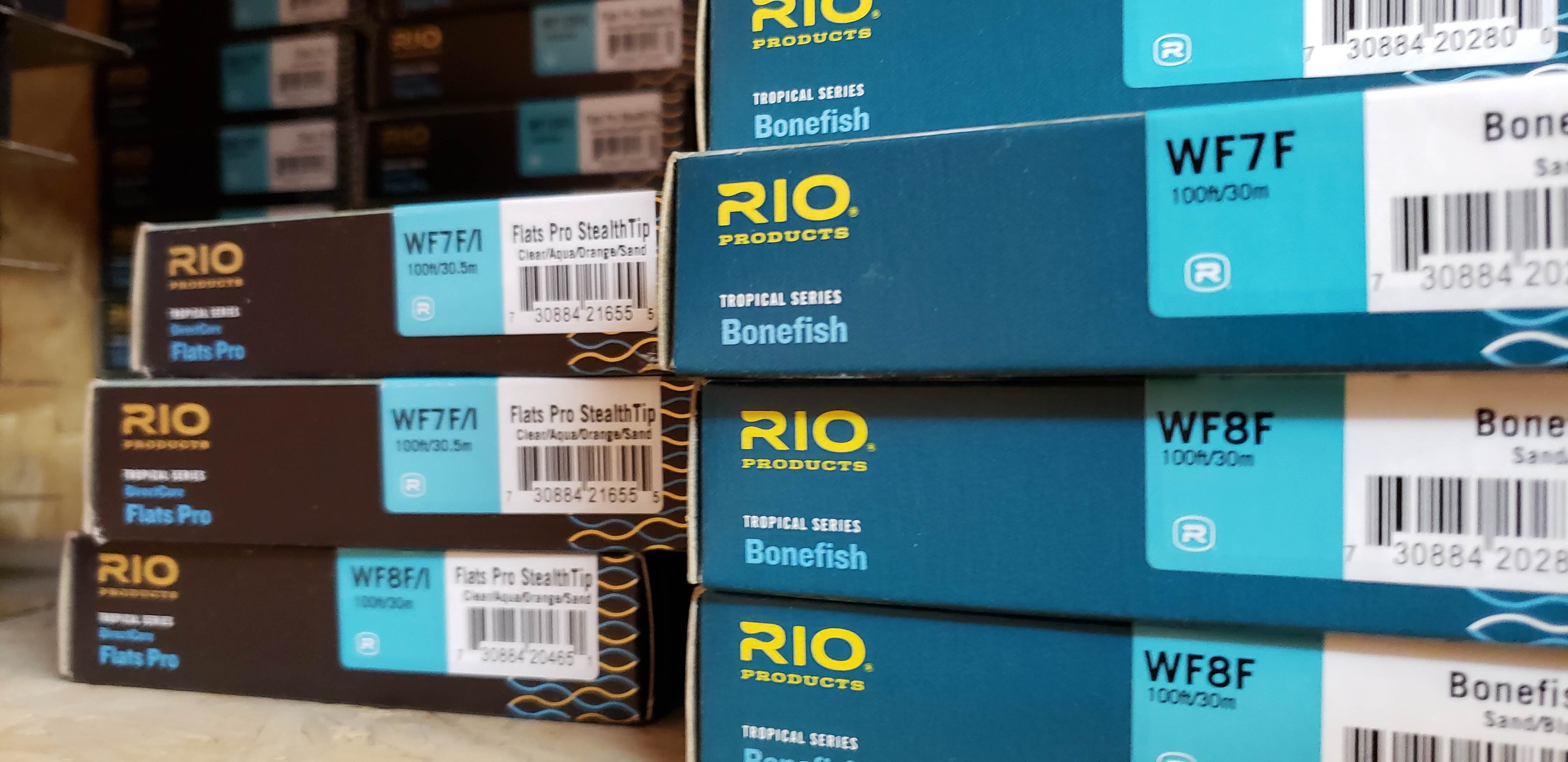

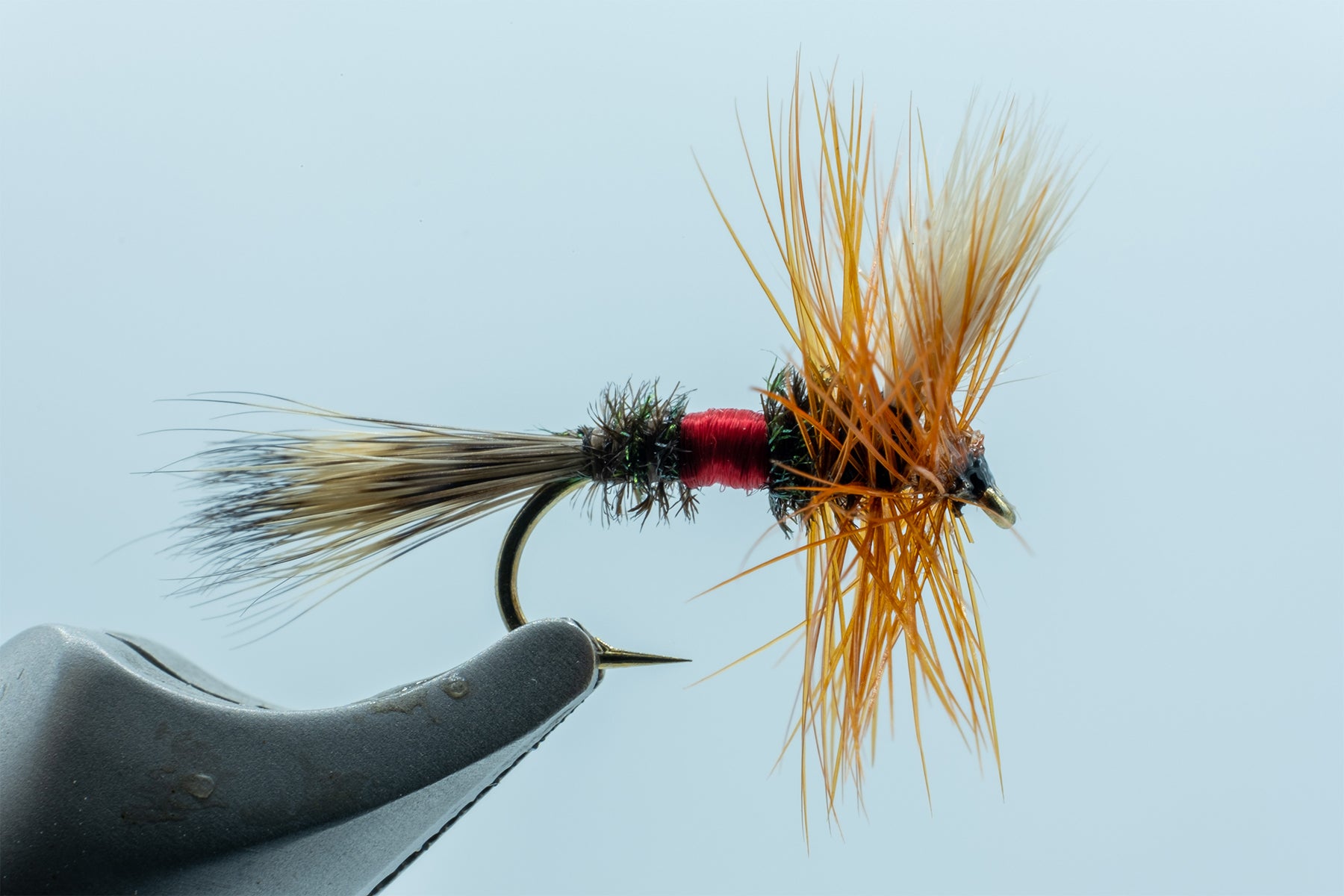
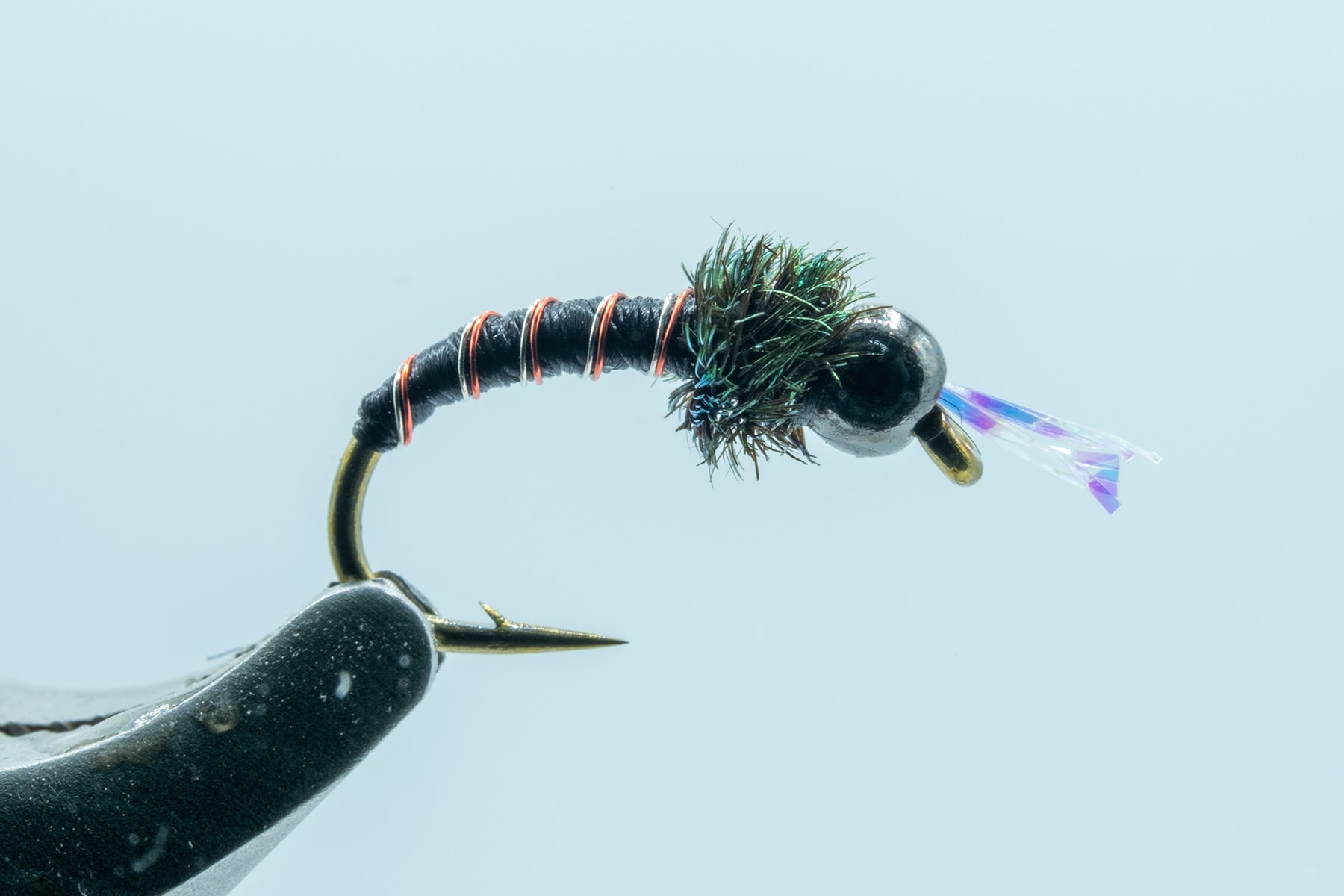
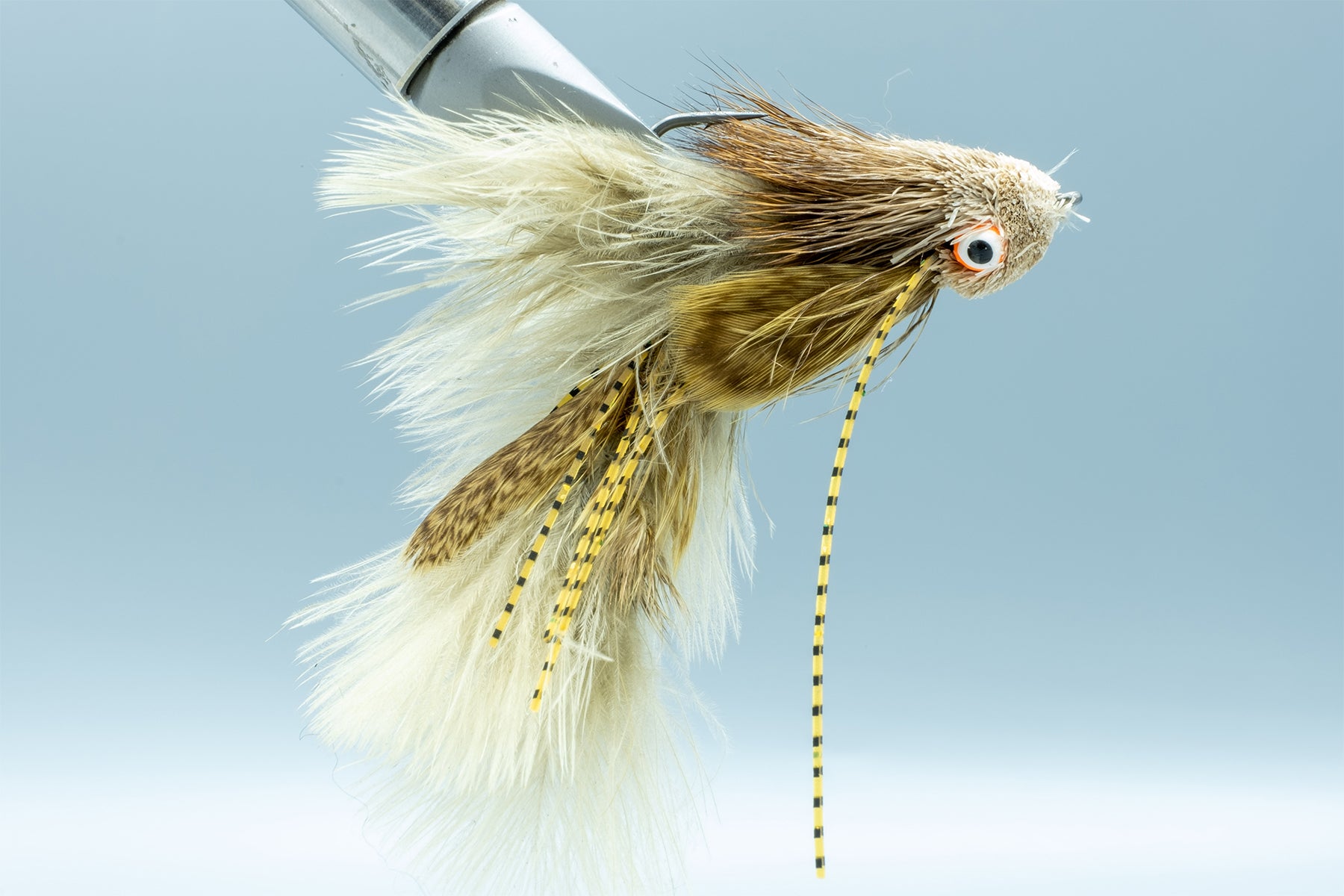
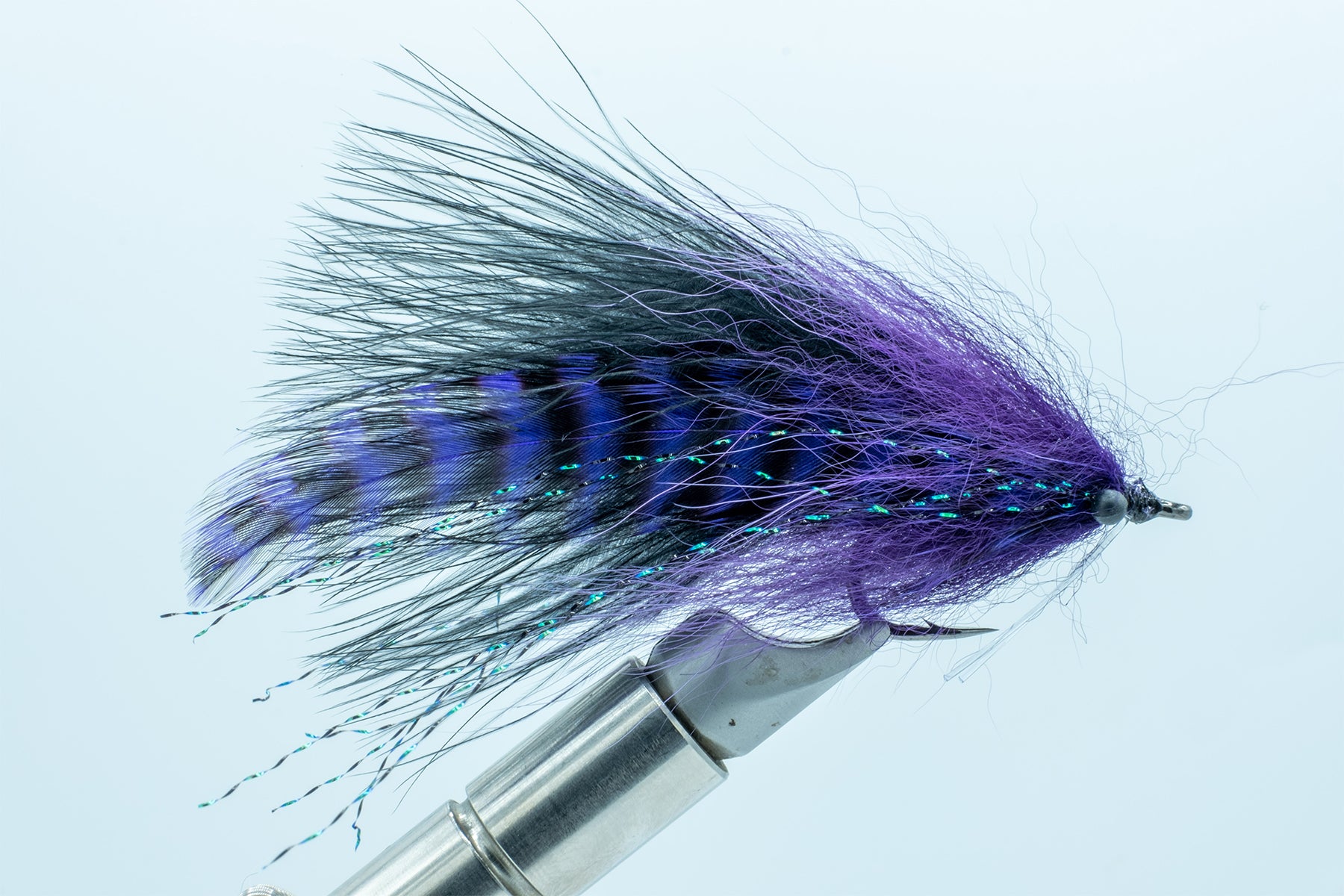
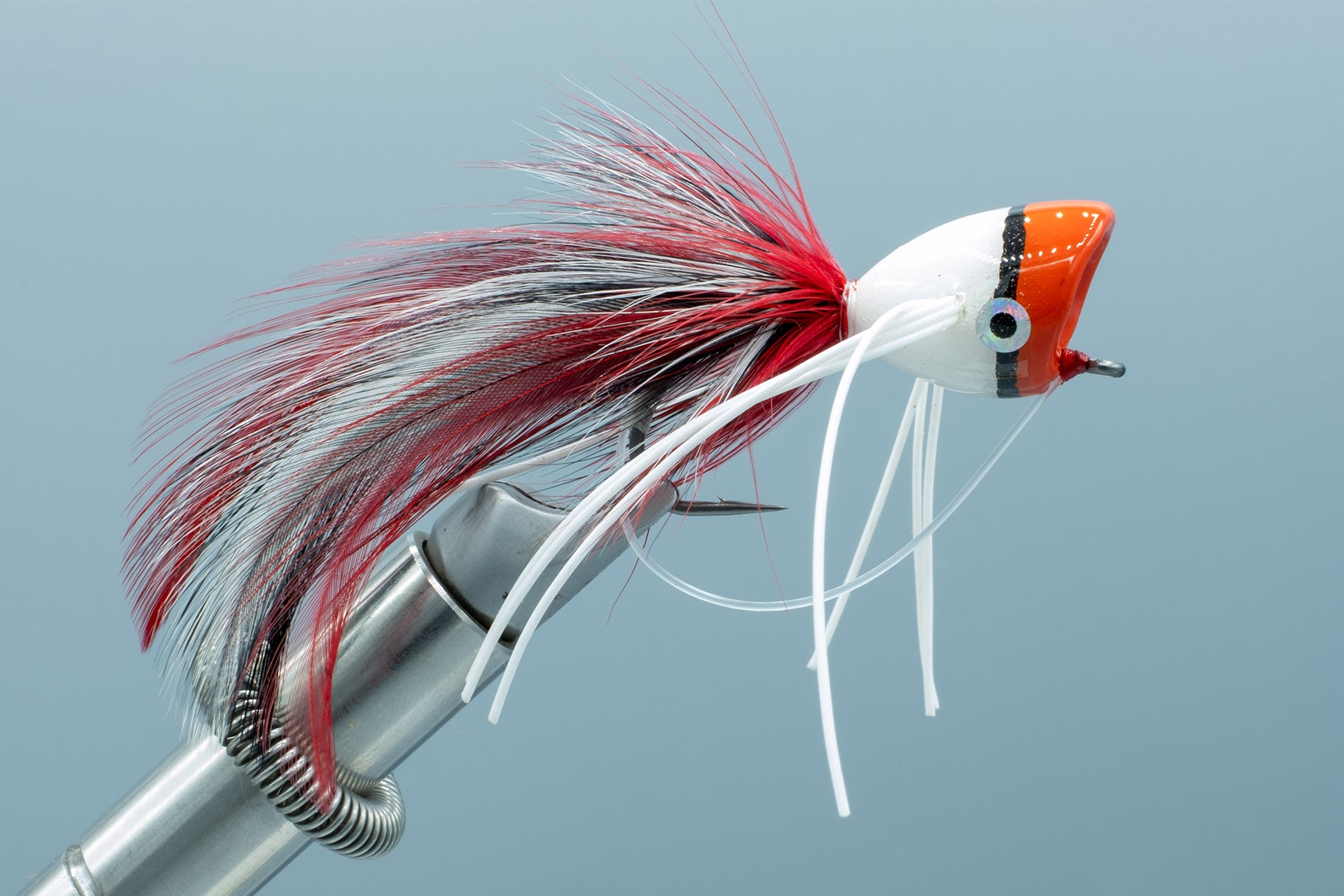
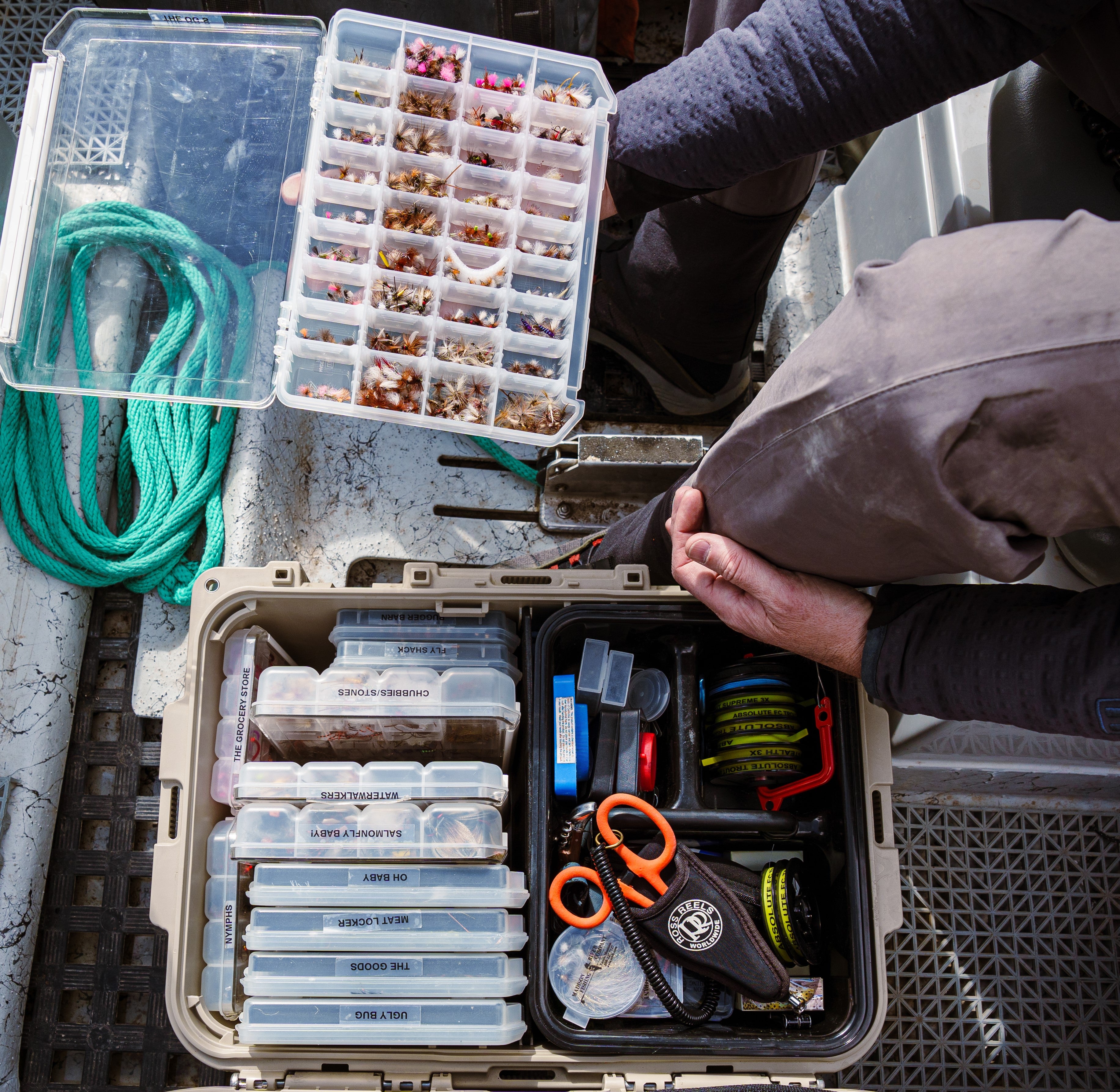
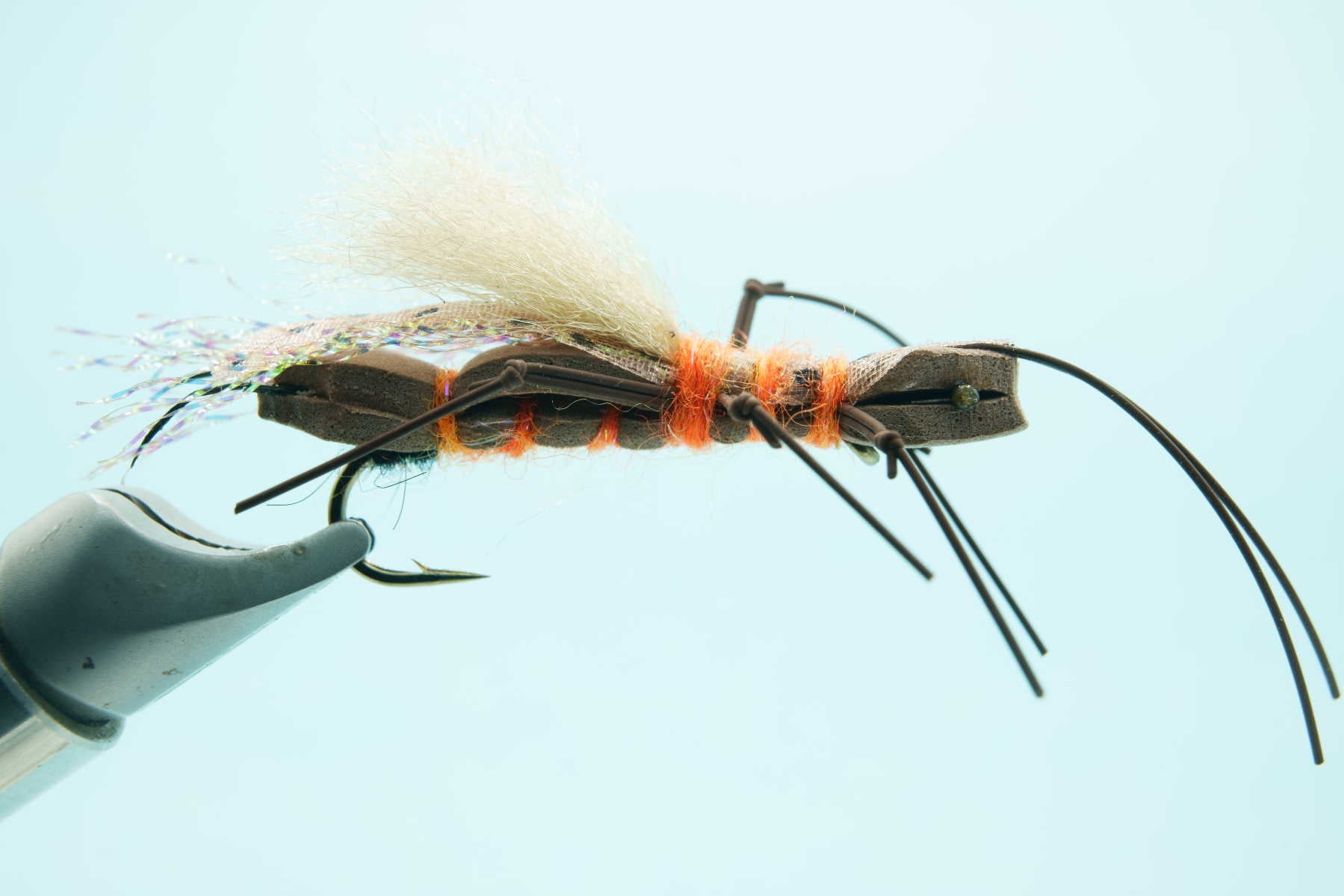
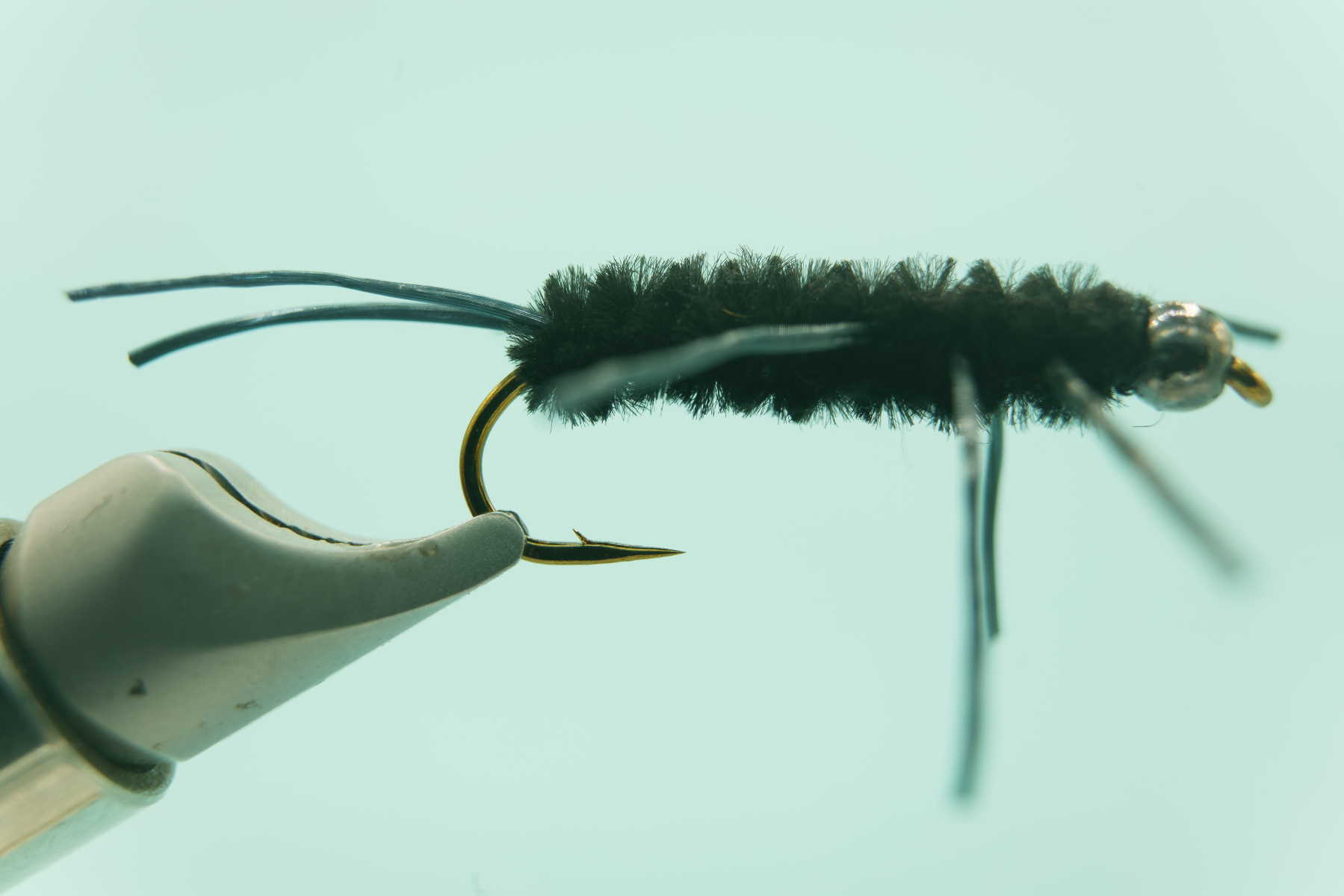
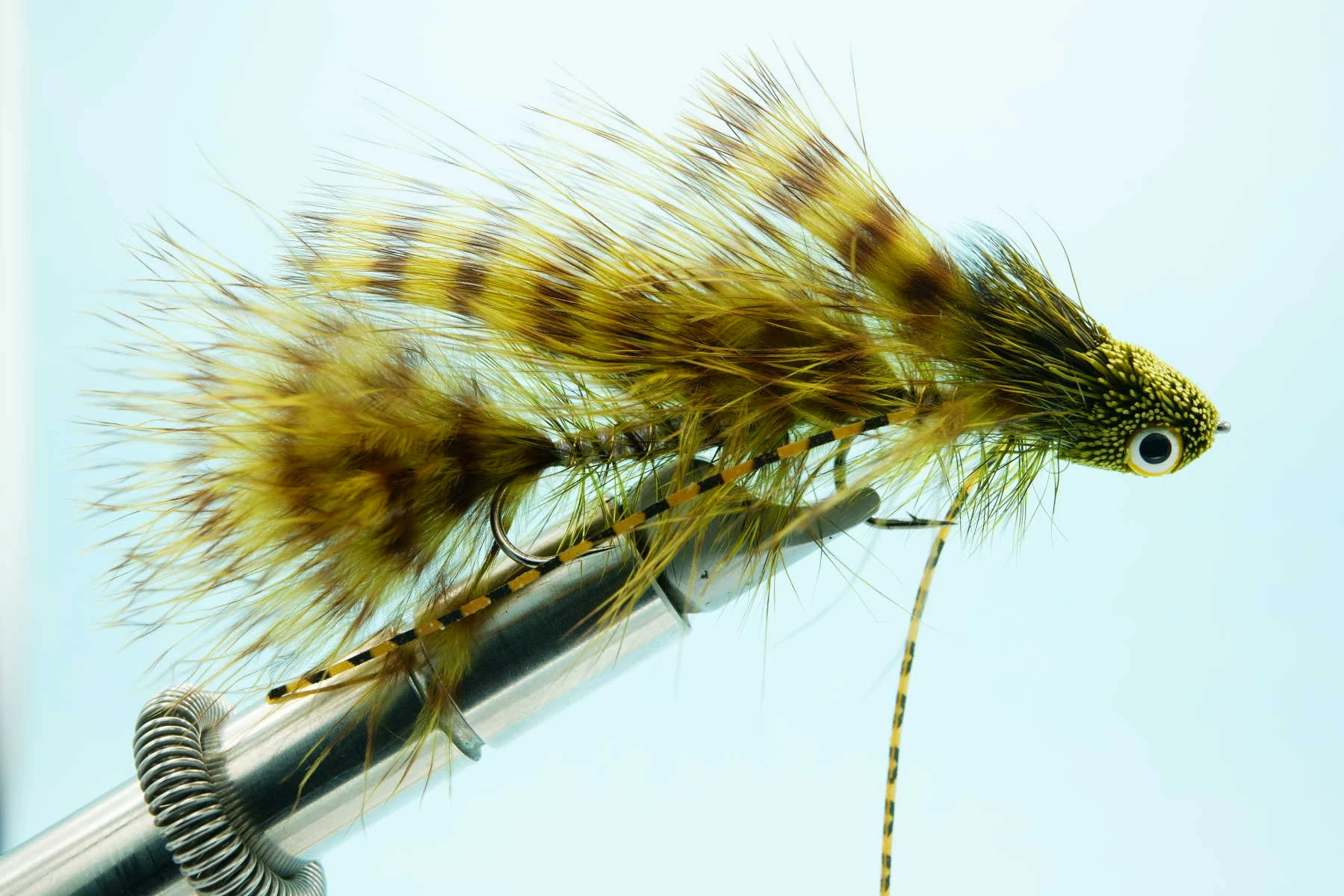
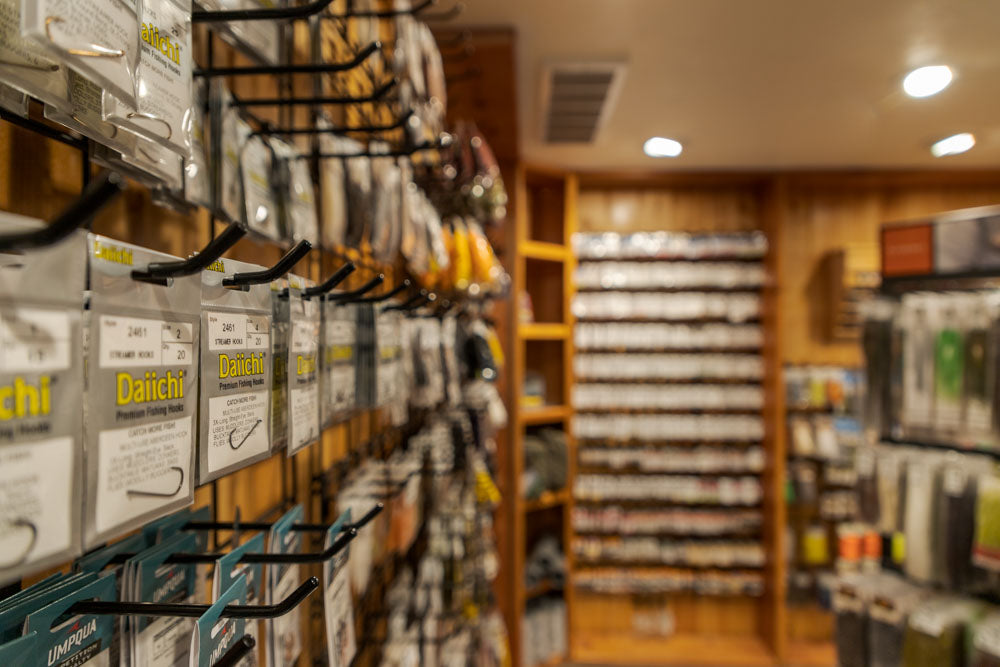

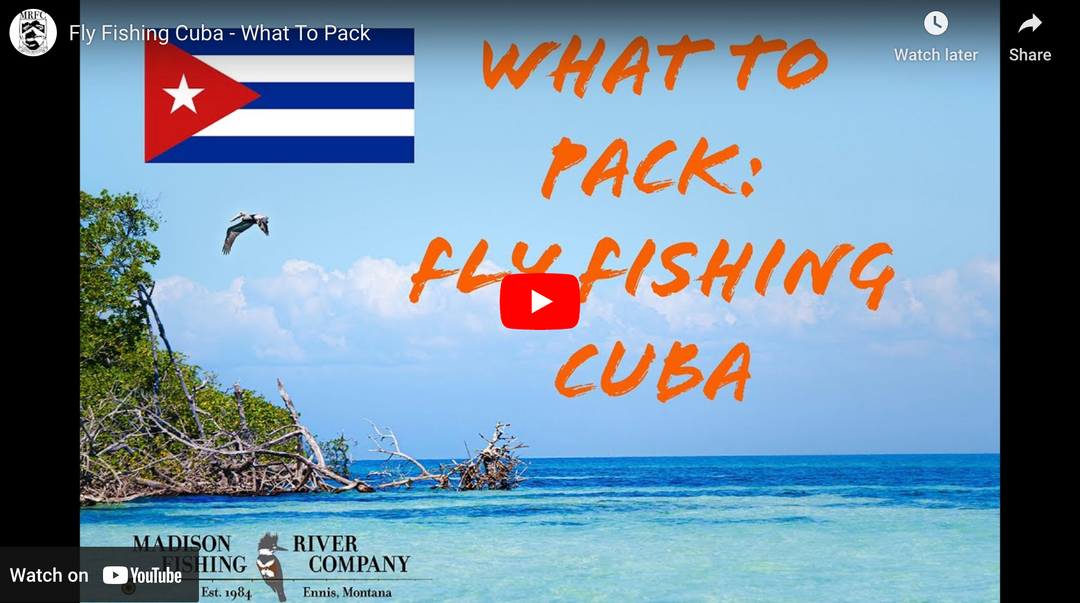

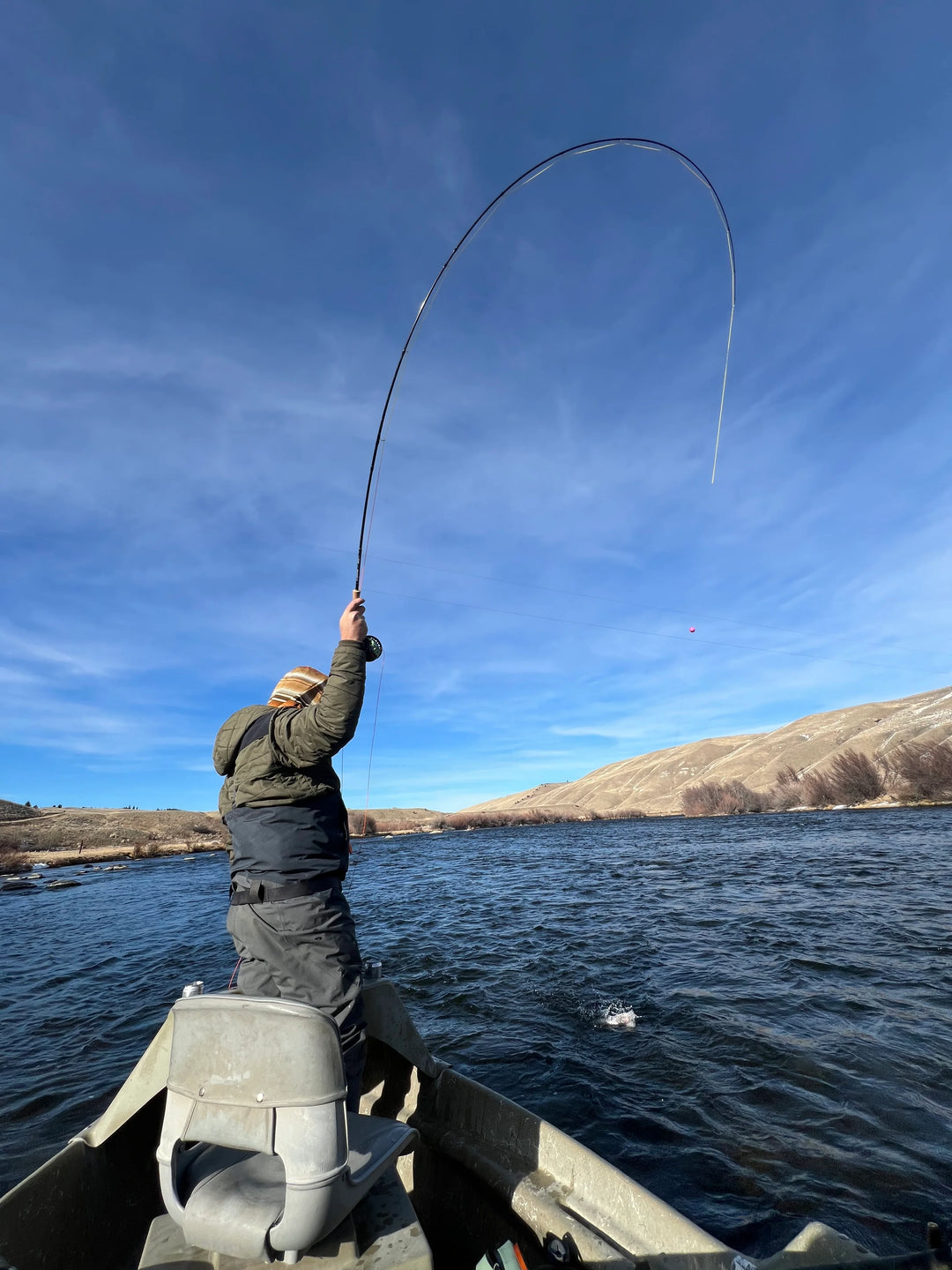
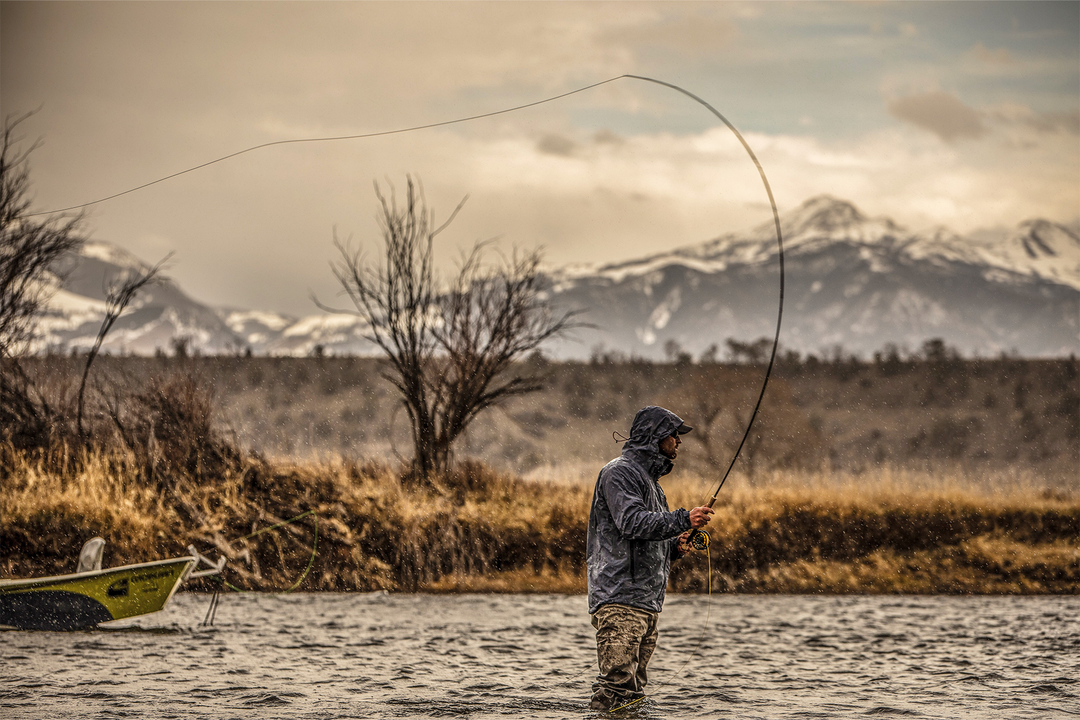
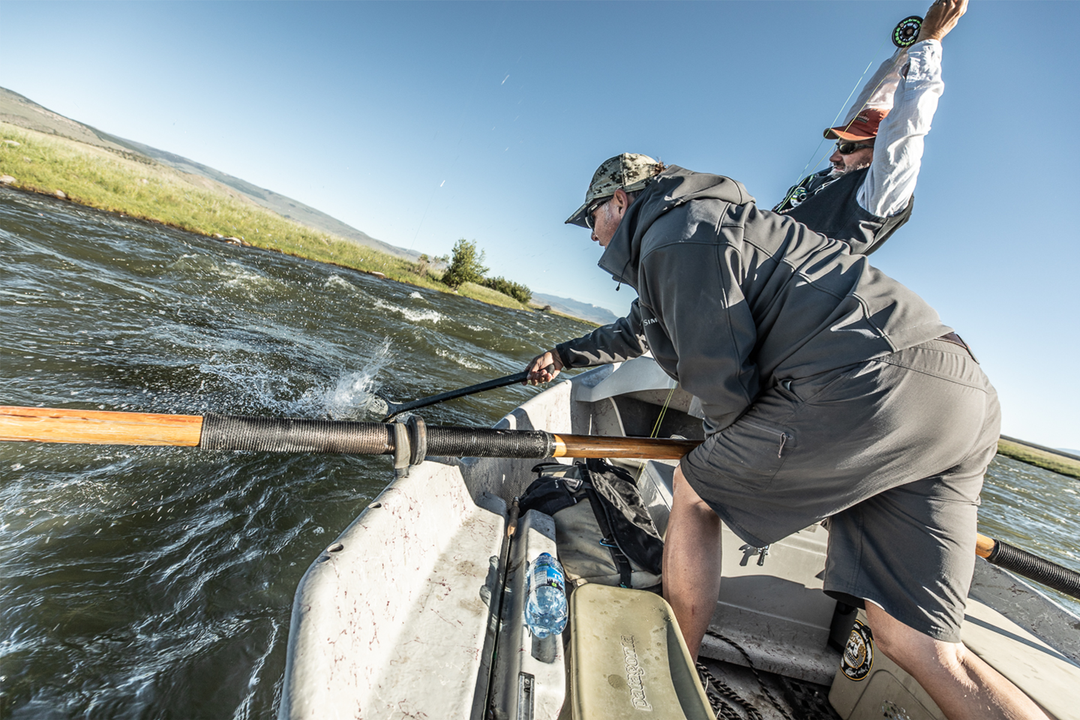
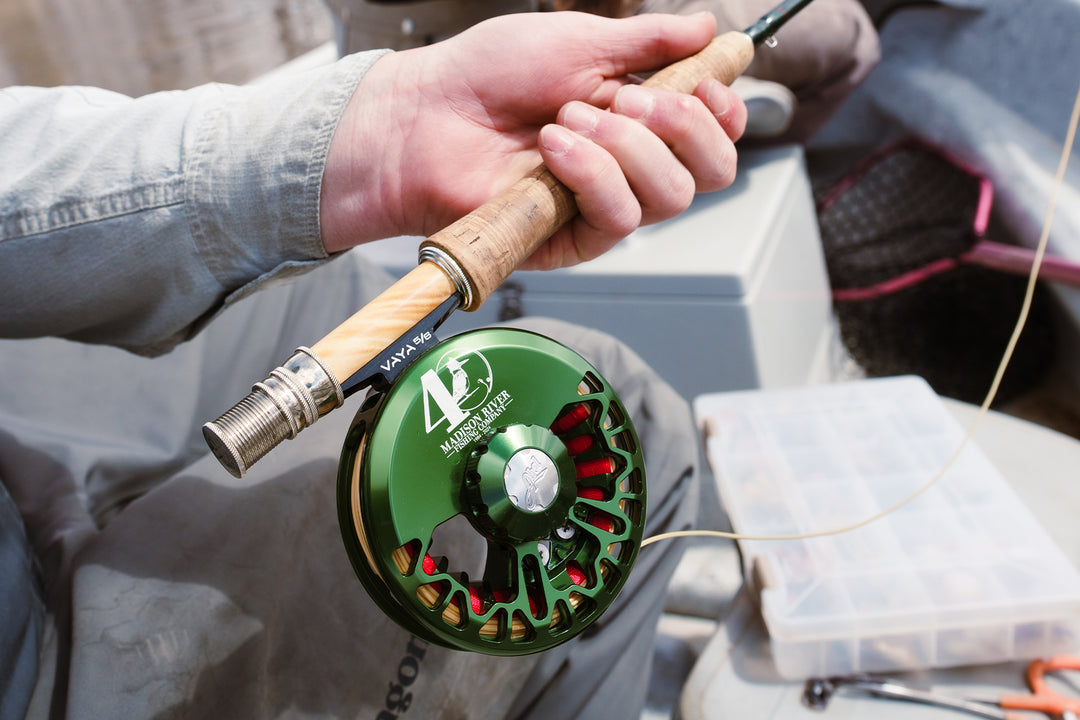
Leave a comment